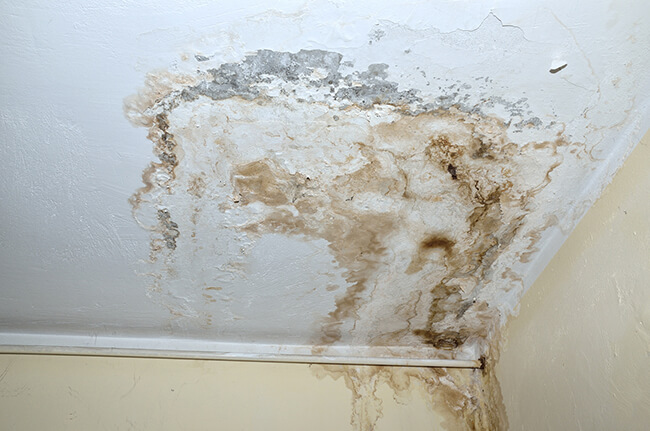By Agbai Sharonjoyce
Mould, tiny fungi that thrive in damp spaces, are found everywhere from moist walls to furniture. While it appears harmless, it poses big health risks that are frequently overlooked.
Mould is a natural part of the environment; however, it becomes dangerous when it infiltrates living spaces. Exposure can trigger mild allergic reactions to chronic respiratory illnesses like asthma in children.
Globally, the problem is widespread. In Austria, roughly 10% of homes suffer from mould issues. In the United States, the rate is reportedly higher, with some estimates reaching up to 50%.
This makes mould a global health issue. Once present indoors, mould releases irritating, toxic and allergenic substances that have injurious effects on the respiratory system over time.
Conditions such as leaking pipes or roofs, flooding or high-indoor humidity enable mould growth indoors.
Signs
The most common sign of indoor mould is allergic reaction. This occurs when the immune system becomes overly sensitive to inhaled mould spores, treating them as invaders. People allergic to mould often experience allergic symptoms akin to hay fever, such as sneezing, a runny or blocked nose, red or itchy eyes and coughing.
These responses can happen immediately or develop over time. Mould exposure causes irritation of the nose, eyes, skin, throat or lungs—even in people without allergies.
Mould and Asthma
The relationship between mould and asthma is especially concerning. Asthma is a chronic lung disease characterised by episodes of airway narrowing and inflammation, resulting in coughing and difficulty in breathing.
Studies shown children who grow up in mouldy homes have a significantly higher chances of developing asthma later in life.
An analysis of case-control studies indicated a 53% increase in asthma risk linked to early mould exposure.
While allergies and asthma are the most common health effects, mould exposure can also trigger more serious challenges like lung inflammation from inhaled substances.
Eliminating damp spaces
Moisture control is the most effective way to prevent mould because it does not grow in dry living spaces.
Drying water-damaged areas within a short time can restrict the growth of mould. Similarly, fixing leaky pipes and roofs immediately, using air conditioners to regulate humidity and ensuring proper ventilation throughout the house are important steps.
Individuals with asthma or weak immune systems should avoid cleaning mouldy areas themselves.
Identifying and removing mould is important for protecting public health, especially in spaces with children, whose lungs are still developing. By staying vigilant about moisture control and maintaining proper ventilation, you can eliminate mould growth before it becomes hazardous.
Summary not available at this time.






